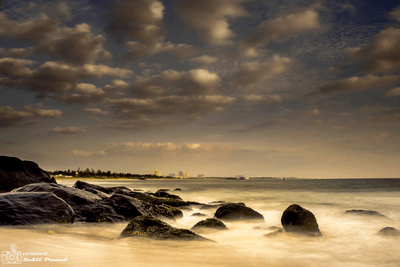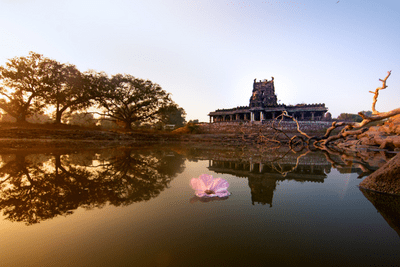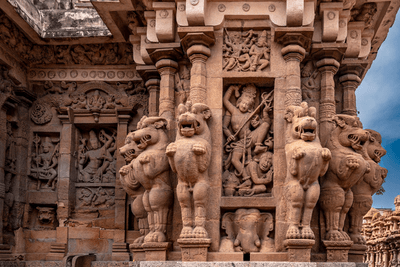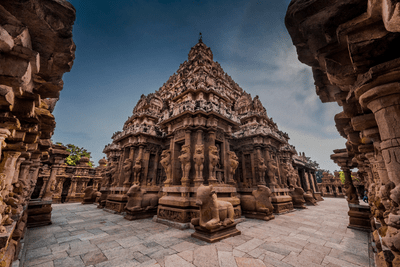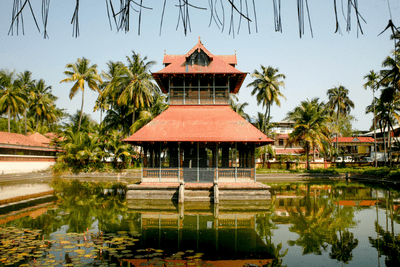Chennai with land of Pallavas (Kanchipuram & Mamallapuram)
Duration
3D,2N
Overview
Chennai, Called the ‘Cultural Capital of India’ for its deep-rooted traditions and age-old heritage.It has grown into a charming city in just over 350 years. This lively metropolis is a blend of the old and the new, the traditional and the modern. Spread over 400 sq km with The Bay of Bengal on the east, the city is the gateway to the rest of South India.Kanchipuram was once the capital of the Pallava dynasty. It is considered one of the seven sacred cities of India; between the 6th and 7th centuries, some of the best temples were built here during the reign of the Pallavas. The temples are a testament to the dominance of Tamil heritage and the city’s glorious past when it was ruled by kings who were not only powerful but loved and patronised arts. Kanchipuram is particularly known for being the seat-bearing culture and philosophy. Today it is known, not only for temples but also for its hand-woven, silk fabrics. Kanchipuram is renowned for its majestic temple architecture and Silk sarees. Of the 108 holy temples of the Hindu god Vishnu (DivyaDesams), 14 are located in Kanchipuram.Mamallapuram, also known as Mahabalipuram is a small laid back town, once an important city of the ancient Pallava kingdom. The town houses many world heritage-listed temples which narrate the tales of the Mahabharata. These temples are built with granite and different temples are dedicated to different deities. It is the site of some of India’s greatest architectural and sculptural achievements. Mamallapuram is a UNESCO world heritage site and a testimonial to early Tamil architecture.
Included/Exclude
- A/c Accommodation on twin sharing basis with Daily Breakfast(Only 1 B/F).
- AC car for all the transfers and local sightseeing as per the given itinerary.
- Well-experienced and bilingual driver till the departure.
- All the expenses related to the vehicle (toll, tax, parking, permits, driver batta, etc).
- Hotel Check-in at noon and check-out at 10 am.
- The driver is only available as per the program given above.
- All the applicable taxes.
- No hidden costs.
- The packages do not include Volvo bus tickets.
- Guide charges, entry fees, Camera Charges, Massages, Elephant Safaris, Personal expenses like laundry, tips and telephone calls, Optional Tours, Travel Insurance, etc.
- Optional activities are mentioned in the itinerary & anything not mentioned in the above package.
- In case of payment made by cr card or debit card service charge of 2.5% and 1% will be charged extra.
Tour Amenities
Tour Plan
Duration
3D,2N


